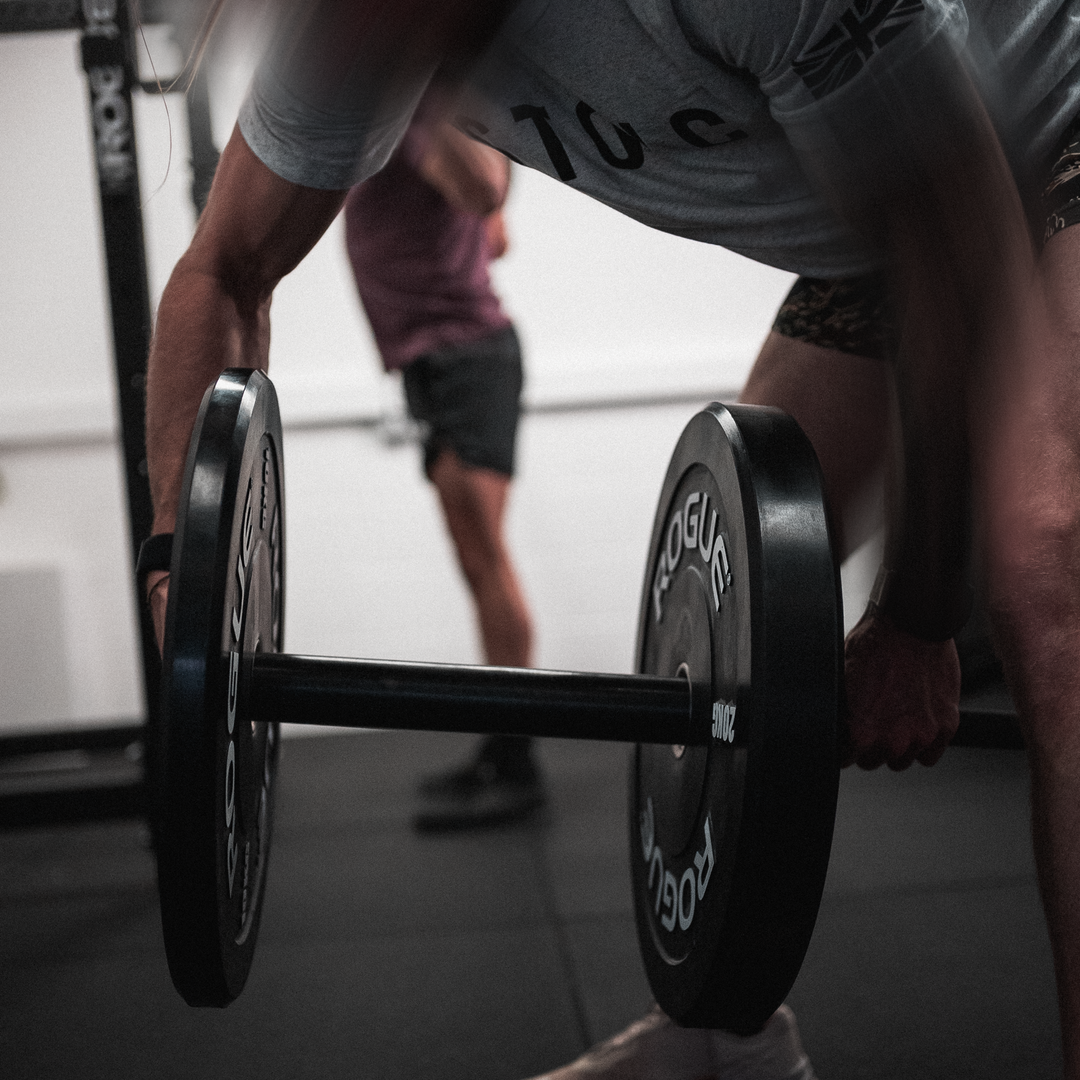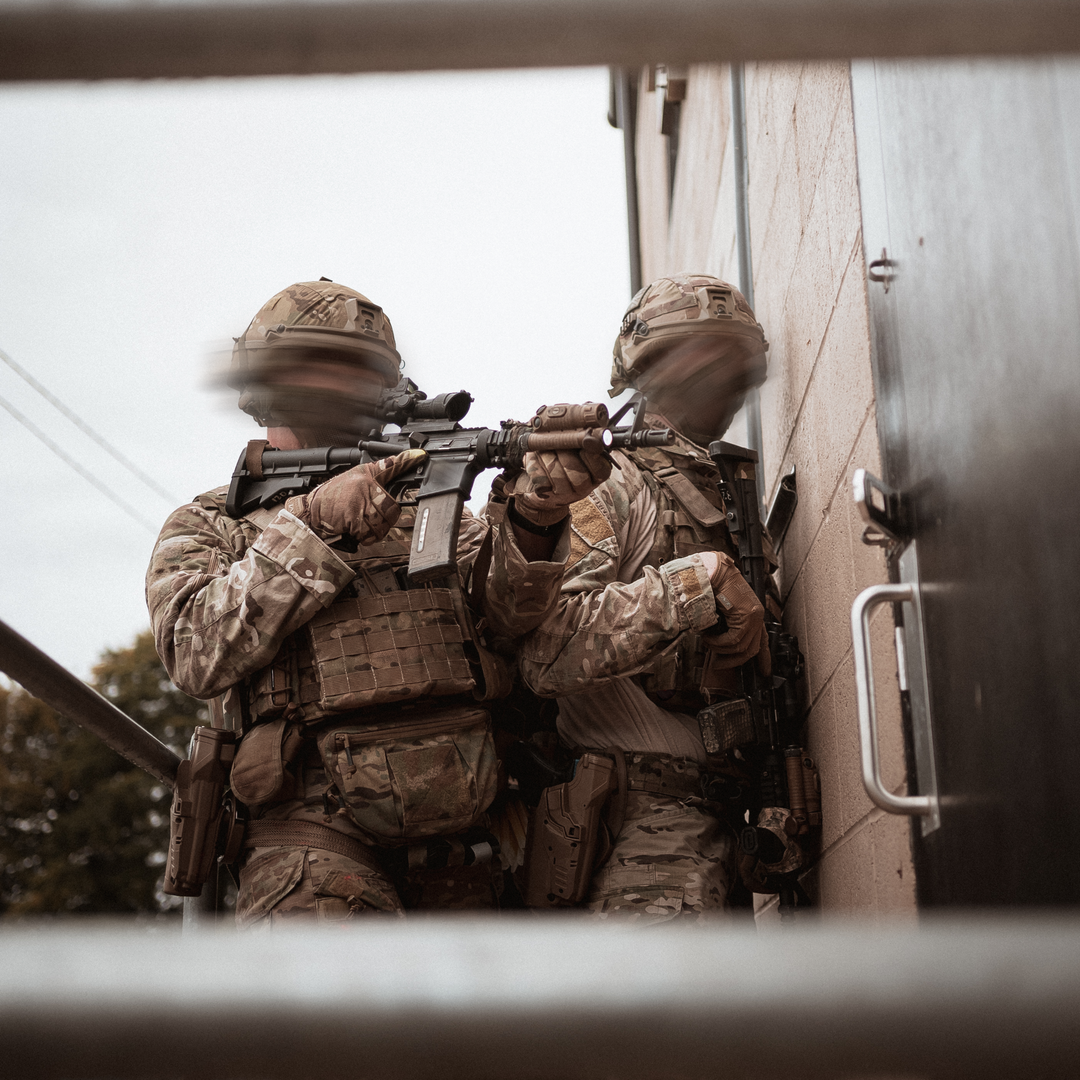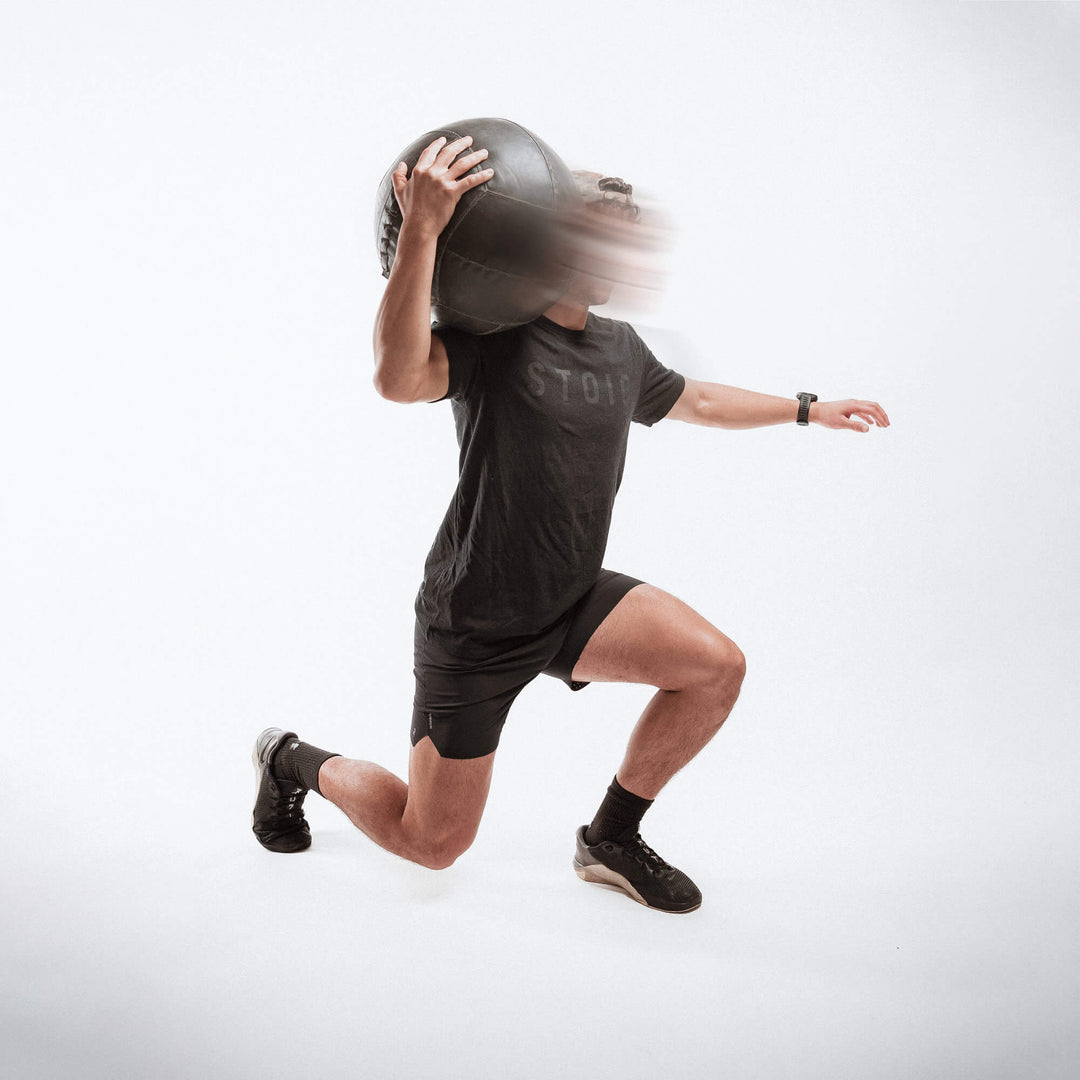HOW TO APPROACH YOUR HYDRATION DURING SELECTION

When it comes to hydration, most people think about how much water they should be drinking during intense workouts. In reality, optimal hydration is about more than drinking water alone when you’re working hard for long periods of time, particularly during arduous courses such as UKSF Selection.
We’ve taken a look at best practices for approaching hydration before, during and after the various events you’ll face during Selection.
Should I just drink as much water as possible?
In a word, no.
A common misconception is that drinking ‘more water is better’ and to start the various tests and challenges hydrated you need to drink lots of plain water.
In reality, drinking too much plain water alone can dilute your body’s sodium levels, increasing the risk of a dangerous condition called hyponatremia. The word literally means “low (‘hypo’) blood sodium (‘natremia’)” and it most often results from the consumption of fluids to an extent that you actually dilute the concentration of sodium in your bloodstream to dangerously low levels.
If you drink far more than you need (without replacing sodium adequately through the foods you eat and the fluids you take in), it can have very serious side effects.
In an effort to maintain blood sodium levels in the face of water overload, the body shifts fluid from the bloodstream into its own cells, causing them to swell. At first, this might just result in some slightly swollen fingers, ankles and a general feeling of malaise and lethargy. But, if allowed to progress, can also result in swelling of the brain, headaches, coma and even death in extreme cases.
At best you’ll end up with a lot of fluid sloshing around in your stomach or bladder. Not ideal when you’re trying to perform at your very best.
But, how much is enough? It’s reassuring to remember that you have a powerful thirst instinct. It’s a good idea to pay attention to your body’s own signals and respond to the early signs of thirst.
So, what should I drink to start hydrated?
Sodium is the main electrolyte lost in sweat. So, maintaining the sodium levels in your blood is crucial to performing at your best when you’re working hard. Sodium helps you absorb and retain fluid, which keeps your blood volume up, reduces cardiovascular strain, and fatigue and potentially helps you avoid cramping up.
It’s difficult to fully plan how long you’re going to be out in the field during the various stages of Selection so it’s worth making sure you start each day optimally hydrated. You can do this by preloading with a strong sodium-based electrolyte drink at the start of each day:
- Drink ~500ml of a stronger electrolyte drink the night before to boost your blood plasma volume. Aim for drinks containing >1,000mg of sodium per litre, like Precision Hydrations’s PH 1500 supplement.
- Drink another ~500ml bottle of stronger electrolyte drink about 90 mins before you start to top-up your blood plasma volume. Finish your drink >45 minutes before you set off to give your body time to fully absorb what it needs and remove any excess.
- Adding additional sodium to your drinks (and meals) before each day helps you absorb and retain more fluid in your bloodstream. This means you’ll have a bigger reservoir of electrolytes/ fluids to draw upon once you start working hard and sweating some of it out. Having more blood makes it easier for your cardiovascular system to meet the competing demands of cooling you down and delivering oxygen to your muscles.
Why are electrolytes important?
Electrolytes can play a big part of the hydration equation simply because you lose a lot of them in your sweat. As mentioned previously, the main electrolyte you lose in your sweat is sodium. It accounts for around 90% of the ions lost because it’s prevalent in your blood plasma, the pool from which sweat is drawn.
It’s true that you do also lose some calcium, magnesium and potassium, but in relatively small amounts, so sodium replacement should be your main focus when it comes to electrolyte replenishment.
Sodium replacement helps you maintain your blood volume, which in turn helps with the management of your core temperature and the delivery of blood to your working muscles and skin.
In fact, during this really interesting scientific study, researchers found that athletes taking salt capsules with fluids during a middle-distance triathlon finished 26 minutes faster on average than a control group who took a placebo.
They put this dramatic performance effect down to the fact that the sodium enabled the athletes taking it to maintain their blood volume more effectively and therefore continue to perform at a faster pace for longer than the control group.
Because you lose a relatively large amount of sodium in your sweat, when you’re going at it hard for several hours at a time, your total sodium loss can be really high. Therefore, a reasonable level of supplementation is usually required alongside the fluids you consume in order to keep the body balanced.
So, how should you be drinking during Selection?
The amount you’ll need to drink will largely be defined by how long you’re out there each day, how much your stomach and gut can process per hour, and your sweat rate (which will in turn be driven by genetics, your work rate, clothing choice and ambient temperature).
All of these variables mean that everyone going into the selection process has different requirements in terms of how much fluid you need (and can) take on. That means copying what other candidates are doing is definitely not going to be a good idea.
Instead, spend some time in your training to figure out the kind of range of fluid intake that works for you in training to dial in a strategy that’ll benefit you on the course.
Once you settle into the challenge, it’s a good idea to both listen to your body (i.e. to drink to the dictates of thirst to a degree, not forcing in fluid when you don’t feel you need it) whilst also putting into practice what you’ve learned in training.
Bear in mind that you can’t afford to drink too little early on without dehydration becoming a potential issue several hours in.
Whilst everyone is different, as a general rule of thumb, most end up needing something in the range of 500ml to 1000ml of water with hypotonic electrolyte drinks (or electrolyte capsules) per hour. So, that’s probably not a bad range within which to start your own experimentation during training in order to figure out what’ll work for you.
We’d recommend sipping between plain water and an electrolyte drink/electrolyte capsules according to the dictates of your sense of taste and thirst.
How can you maintain your blood sodium levels during Selection?
You can replace the sodium you lose in a variety of ways:
1 – Through your food
Re-hydrated processed foods contain lots of sodium, so some foods you might find in ration packs are a great way to replenish electrolytes, as is snacking on salty foods during the day.
2 – Take your own hydration supplements or capsules with your water
Once you’re out on course and working hard, you’re going to be doing a lot of sweating, so you’re going to need to carry a decent amount of fluid and you’ll need a large amount of sodium to help balance those electrolyte losses.
You’ll already be carrying a significant amount of weight in your pack, so it will be important to consider the size and weight of everything you carry. With this in mind, we’d recommend carrying strong sodium-based electrolyte supplements.
The advantage of this is that you can more accurately measure the amount of sodium you’re taking in, meaning you can tailor your intake to your personal needs.
Basing your intake on the levels that have worked for you in key training sessions is likely to be effective. This is why devising and optimising your hydration strategy should be high on your priority list over the next few months.
Not sure what to take with you? You’ll be limited by what you can carry during the selection process, so here are some recommendations on what to take with you for hydration:
The PH 1500 low-calorie effervescent tablets are 3x stronger than most sports drinks on the market as each tablet contains 1500mg of sodium per litre when mixed as directed (1 x tablet with ~500ml of water). Each tube contains 10 tablets and are ideal electrolytes for preloading before each day and for carrying with you out on the Hills.
Additionally, blister-packed SweatSalt capsules contain 250mg of sodium per capsule and you can read more about them here. These will be a great backup but I’d generally advise that you test them out in training first and you should definitely consider carrying your own electrolyte supplements to mix in with your water.
How to rehydrate after each day on the Hills
A more proactive approach to rehydration after each day/test might be needed if you struggle with cramps or dehydration. In these situations where you want to be ready to perform again quickly, a more deliberate fluid intake and sodium supplementation will be helpful.
Sports Scientists Asker Jeukendrup and Lindsay Baker (2014) concluded that if you want to rehydrate quickly in a situation where you’ve become quite dehydrated or need to be back on top form again very soon, then you need to drink about 1.5 times more fluid than you have lost, and you need to make sure there’s plenty of sodium either in or with the fluid to account for the salt loss too. (This is what makes PH 1500 such a good choice for fast rehydration).
If you would like help with your hydration strategy for the selection process, feel free to book a free one-to-one video call with a member of the Precision Hydration team to refine your strategy.
Precision Fuel & Hydration
We launched Precision Fuel & Hydration in 2011 after years of working with elite athletes and technology partners to develop a simple and effective way to help athletes understand and manage their individual hydration needs.
Our mission is to give every athlete access to a personalised hydration strategy so that they have the best chance of achieving their goals.




